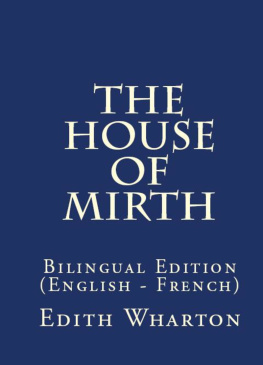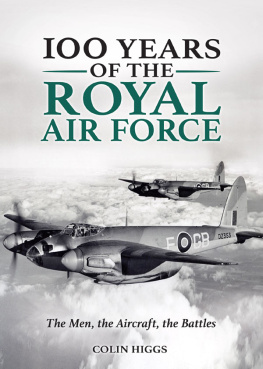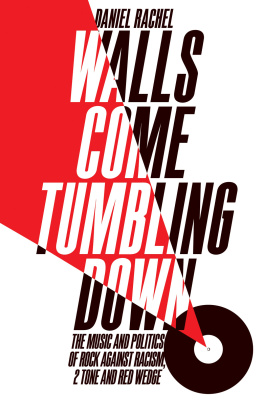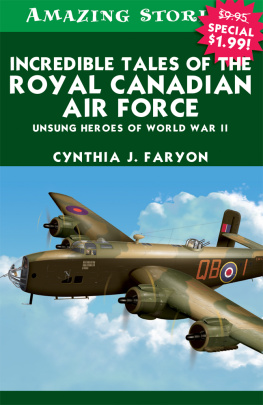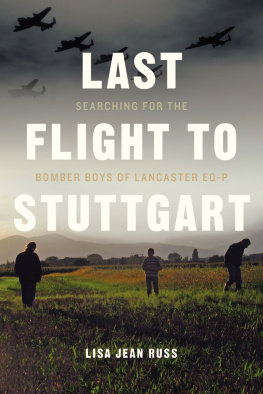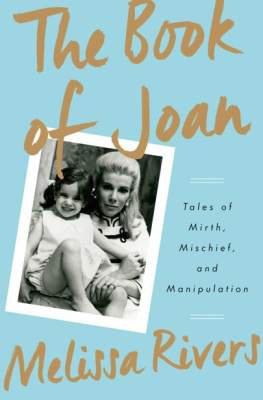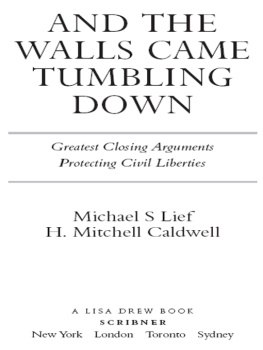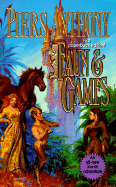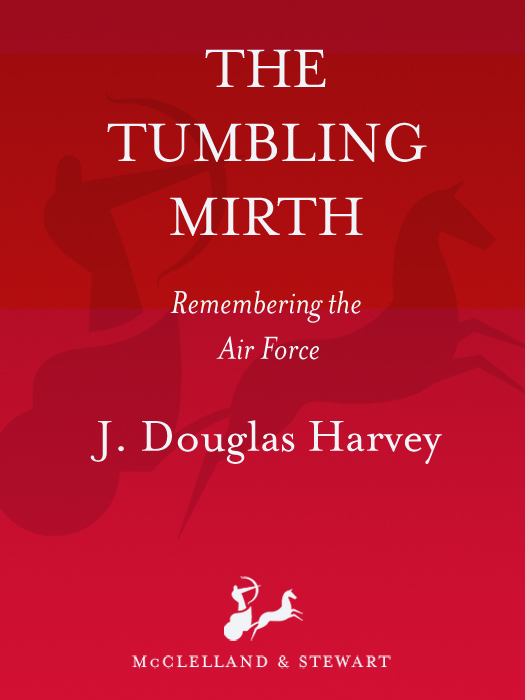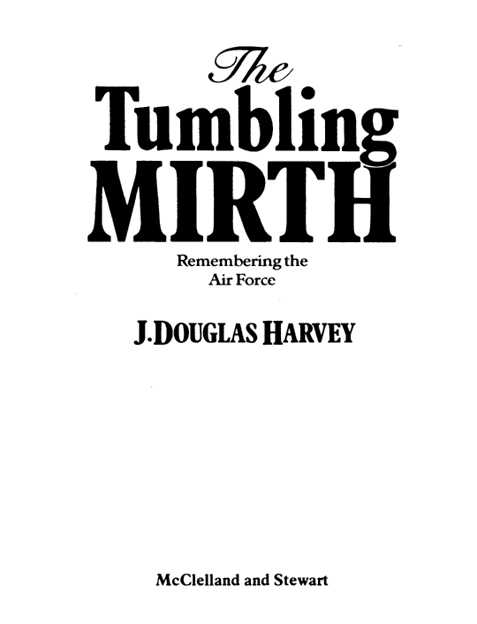Copyright 1983 J. Douglas Harvey
First published in paperback 1986
All rights reserved. The use of any part of this publication reproduced, transmitted in any form or by any means, electronic, mechanical, photocopying, recording, or otherwise, or stored in a retrieval system, without the prior consent of the publisher is an infringement of the copyright law.
The Canadian Publishers
McClelland and Stewart Limited
25 Hollinger Road
Toronto, M4B 3G2
Canadian Cataloguing in Publication Data
Harvey, J. Douglas, 1922
The tumbling mirth
eISBN: 978-1-55199-479-6
1. Harvey, J. Douglas, 1922- 2. Canada, Royal Canadian Air Force Biography. 3. Canada, Royal Canadian Air Force Anecdotes, facetiae, satire, etc. I. Title.
UG626.H37 358.400971 C83-098607-3
v3.1
For Elizabeth Jane
Contents
Introduction
Once there was an air force.
It was called by various names during its embryonic years until on April 1, 1924, it was blessed by the Governor General and became the Royal Canadian Air Force, (RCAF). On April 1, 1984, it would have celebrated its sixtieth birthday. But something happened along the way, and it disappeared in 1967 in a cloud of governmental euphoria called unification.
Gone were the Battle Honours, the Ensign, the Colours, the Badges, the Ranks, the Uniforms, and the Motto Per Ardua Ad Astra. They were swept away with all the other hard-won symbols in one singularly stupid government act. Canadians were to forget that the RCAF ever existed; that it was the fourth largest air force in the world during the Second World War; that its exploits matched or exceeded those of any air force.
O, Canada.
This book is an attempt to recall, through yarns and anecdotes, some of the courage and humour that was the very fibre of the RCAF. It is a record of some of those heroic and hilarious moments that were so much a part of service in that grand organization.
You will be pleased to find that not all the stories are mine. Many people from all parts of Canada were good enough to talk to me or to send me anecdotes that they had cherished for years. I enjoyed writing them into the book, for they kept me laughing and remembering and it is obvious from some of the tales that Im not the only one who misses those far-off days. The anecdotes cover a long period of time: from the First World War to the present. They concern events that happened in almost every part of the world.
If this collection is anything, it is one mans effort to provide a very human memorial of the RCAF by bringing together a sample of some of the things that were done and said in the air and on the ground, in war and in peace. In asking those who served in the RCAF or who were allied with it in some capacity to send in their favourite anecdotes, I was asking for recognition of the crazy humour that, for all of us, was part of life in the RCAF. These are the people you should thank, and the ones I would like to salute:
Pamela E. Anderson, Russ Armstrong, Norm Avery, Bruce Beatty, Dan Brennan, Harry Bryant, Ron Butcher, C.A. Chartier, Guy Chevrette, W.H. Butch Cleaver, R.M. Culbert, Norman Emmott, Bill Hooper, M.I. Horton, Eric Hurd, Rosemary Hutchinson, Len Lapeer, Peter S. Lennie, J.D. Long, J.D. Loukes, Jim Lovelace, John Mahoney, Don McKechnie, John Miskae, Jessie Nason, Eric Nichol, Paul Nyznik, George Penfold, Everett Richards, A.J. Snow, Eric Stofer, D.H. Thorne, N.R. Timmerman, Derek Todd, C.L. Toomer, Rocky Van Vliet, Chester Wallace, Thomas E. Whitehouse, Thomas Wilby, Maurice V. Winton, Roy Wood.
I toyed with the idea of including a large section of photographs in this book, but decided, instead, to scatter cartoons throughout. The cartoons are mostly those drawn by Warrant Officer Ray Tracy, who will be forever remembered for bringing Sergeant Shatterproof to life. A few of the yarns, in slightly different form, have appeared in three magazines: The Roundel, Legion, and Airforce. I wish to thank the publishers and editors for their permission to use these pieces.
J.D.H.
Wild Blue Yonder
There have been many poems, odes, verses, and sonnets written about the air force. Some are good, some are bad, but they all have one thing in common: they attempt to define that mystic combination of youth and aviation the feeling it brings that is so evasive of definition.
My favourite aviation poem over the years has been High Flight, by John Gillespie Magee, Junior. Widely-known, it was the official poem of the air force, and it is still being published.
Magee was born in Shanghai, China, where his parents were American missionaries. He came to Canada to enlist in the RCAF in 1940; and a year later, he was a Spitfire pilot with the RCAFs 412 fighter squadron in Britain. He was killed in December, 1941, when he was only nineteen.
Magee had taken a high-level flying course at RAF Farnborough, and it was there he got the inspiration for his poem. He scribbled the lines on the back of a letter he sent to his mother:
Oh, I have slipped the surly bonds of earth
And danced the skies on laughter-silvered wings;
Sunward Ive climbed and joined the tumbling mirth
Of sun-split clouds and done a hundred things
You have not dreamed of wheeled and soared and swung
High in the sunlit silence. Hovring there,
Ive chased the shouting wind along and flung
My eager craft through footless halls of air.
Up, up the long delirious, burning blue
Ive topped the wind-swept heights with easy grace,
Where never lark, or even eagle, flew;
And, while with silent, lifting mind Ive trod
The high untrespassed sanctity of space,
Put out my hand and touched the face of God.
To me, High Flight will always represent those first days of youthful adventure when, alone in your aircraft and freed from nagging discipline, you challenged the sky.
Tom Farley, late of the National Film Board, wrote many well-received poems of air force days. Farleys poetry directed itself more to the hard details of flying operations, and his style can evoke very poignant memories. One poem he wrote, called Dawn Sweep, has a three line closing stanza that succinctly summarizes every fighter pilots moment of truth:
O did you wake
Big as forever in the split snap-second
That lies between the firing and the break?
An air force poem that was written long before there was an air force anywhere in the world has always been a favourite of mine. Oft in the Stilly Night, by Thomas Moore is, of course, an English classic. I think it could well represent the feelings of all the aircrews in all the wars, who are alive today:
Oft, in the stilly night,
Ere Slumbers chain has bound me,
Fond Memory brings the light
Of other days around me;
The smiles, the tears,
Of boyhoods years
When I remember all
The friends, so linked together,
Ive seen around me fall,
Like leaves in wintry weather;
I feel like one
Who treads alone
Some banquet-hall deserted,
Whose lights are fled


